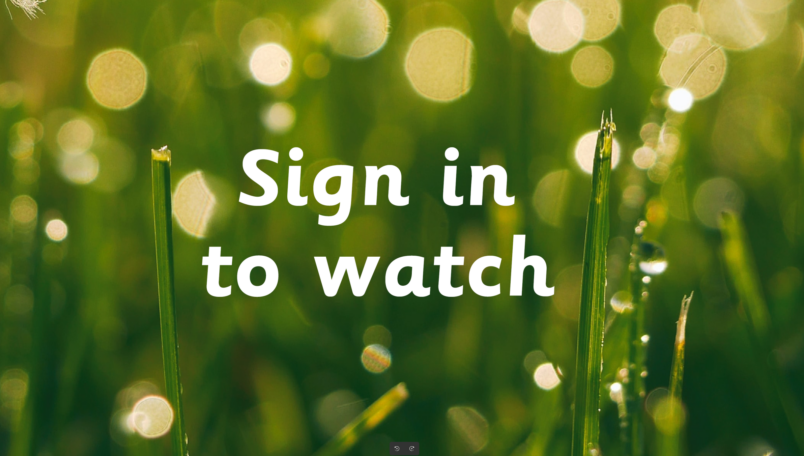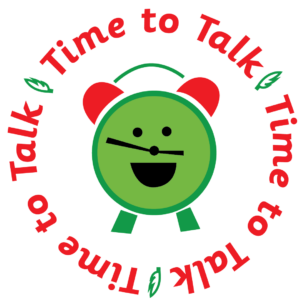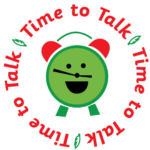Measurement (mass & weight): Food Chain 2
Challenge level ⭐⭐
(designed for children with prior knowledge of the Year 3 and Year 4 programme of study)
Learning Objective
We are learning how to solve a natural world problem by using and applying our knowledge and skills of measurement, weight and mass.
Useful prior knowledge:
- To know that the mass of an object is the amount of material that it contains and can be measured in kilograms and grams

Clip Description
A food chain shows the order that living things get their food. Food chains start with plants. Plants make their own food and are called producers. Plants are eaten by animals called primary consumers. The primary consumers are in turn eaten by predators called secondary consumers. When animals die, they become food for beetles, fungi, earthworms and bacteria. These creatures are called decomposers.
In this fascinating clip, a squadron of brown pelicans can be seen feeding on a shoal of Pacific sardines. The sardines are feeding on drifting phytoplankton (plants) and zooplankton (animals). Which large ocean predators will be attracted to the feeding frenzy? Watch the clip to find out.
Quick Whiteboard Challenge
A brown pelican must eat around 1.8 kg of fish every day.
How many Pacific sardines, with a mass of 200 g, must a brown pelican need to eat in a single day?

 Sign in
Sign in

